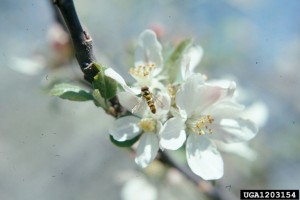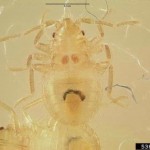January — that’s when the long process of combing through this year’s crop of NYS IPM research reports begins. We’re looking for great stories to feature in our annual report. As usual, we’ve got lots of contenders. And would that we had room for them all.

Our theme this year? Well, it is our 30th anniversary. So we’re taking a “then and now” approach that highlights the changes we’ve seen in IPM practices — and predicaments — over time. The “IPM practices” part? Let’s call them best practices. They’re generally the result of years of focused diligence; of continually fine-tuning tactics, incorporating technology breakthroughs, and building partnerships around the state, the Northeast, and the nation.
As for those “IPM predicaments” — well, just think “bed bug.” Who knew, 30 years ago, that bed bugs were waiting in the wings for their place in the spotlight? Consider them a symbol of sorts — a critter that stands for the ever-increasing numbers of invasive species now infiltrating our homes, our gardens, our farms and forests.
If anything proves the value of IPM not just to farmers, not just to practitioners, but to all of us, it’s our response to a sweeping range of pest problems new and old. Stay tuned.
Meanwhile, for closer look at our recent IPM research, check out our previous annual reports.


